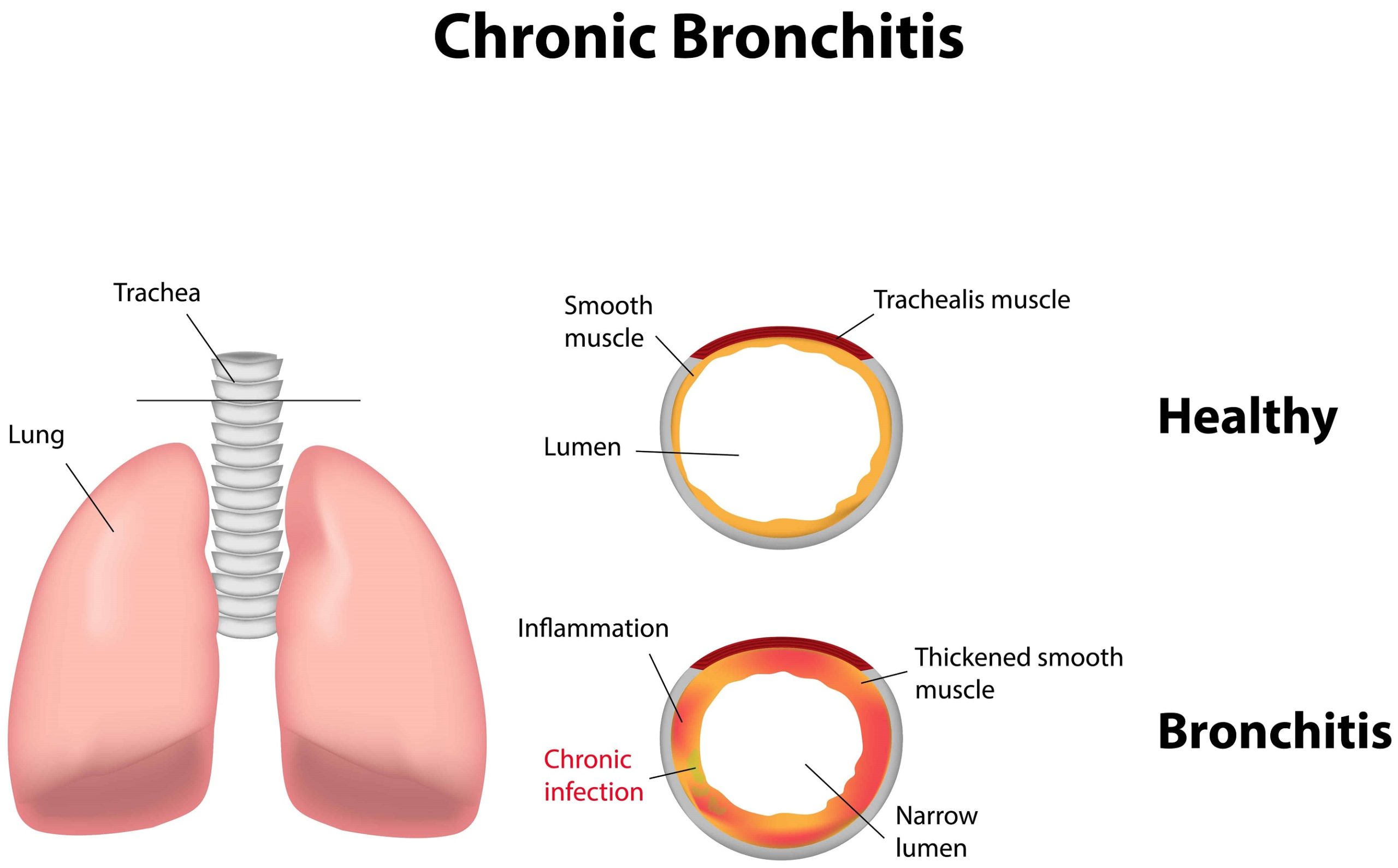When breathing, your lungs are taking in oxygen from the air. Then, it delivers the said oxygen to your blood vessels. Moreover, it is essential to know that your body, specifically, its cells need oxygen to grow and function. Normally, you breathe almost 25,000 times each day. People suffering from any type of lung disease find it difficult to breathe.
This kind of illness refers to disorders impacting the lung tissue, the organs that let us breathe. In a similar way, lung disease is a significant concern for a lot of women. The number of American women diagnosed with this respiratory disease is undeniably increasing. More so, there are lots of women who die of lung disease.
As long as you know the kind of lung disease you are likely to have, there is certainly no reason for you to worry. Studies have it that millions of people are suffering from lung illness in the United States. In addition, infections, genetics, and smoking are 3 of the most common reasons for the usual occurrence of lung disease.
What are the Different Types of Lung Diseases?
As mentioned, lung illness is a common condition in the U.S. More often than not, people are genetically more possibly, to acquire respiratory conditions. However, environmental and workplace exposures are great contributors, as well. One thing is sure, and smoking is undoubtedly the most common cause of lung illness.
There are many different types of lung-related illnesses. Below are among the most common:
Chronic obstructive pulmonary disease (COPD)

This is a lung disease defined by a person’s failure to exhale normally, resulting in difficulty in breathing.
- Chronic bronchitis – With COPD lung disease form, you will experience a chronic productive cough.
- Asthma – With asthma, the airways are continually inflamed and thus, may occasionally spasm, resulting in shortness of, and wheezing breath. Other health conditions, such as pollution, infections, and allergies, can possibly trigger the symptoms of this type of lung disease.
- Acute Bronchitis – You have this type of lung disease if you are experiencing a sudden infection of the airways, typically because of a virus.
- Cystic fibrosis – This is a genetic condition that causes poor clearance of mucus from the bronchi. The collected mucus leads to repeated and persistent lung infections.
- Emphysema – This type is an alveoli’s infection. The types of lung diseases are among the most common illnesses occurring in an individual regardless of his age, gender, nationality, and country of residence. Meaning, these are worldwide health conditions that can happen to anyone, including you. Don’t be alarmed nor feel worried about what you just read.
- Pneumonia – This Lung damage allows the trapping of air in the lungs. Here, you will find it difficult to blow air out.
- Tuberculosis – A lung disease type is a slowly developing pneumonia, resulting from the bacteria Mycobacterium tuberculosis.
- Emphysema – This is a result of impairment to the brittle connections between alveoli. Typically, smoking is the leading cause of emphysema. Moreover, this type of lung illness limits airflow, which also affects the airways.
- Lung Cancer – This is a severe type of lung illness that can already be life-threatening, and it comes in many different forms that may progress in any part of the lungs. More often than not, the development takes place in the lung’s central part, near or in the air sacs. Relatively, the location, spread, and type of lung cancer can identify the treatment and medication options.
What are the Signs and Symptoms of Lung Disease?

You may not mind the slight wheeze or nagging cough because of your busy schedule every day. However, you should pay attention to any symptoms you feel even if you think it’s just a mild one. Indeed, it is essential to pay attention to lung disease symptoms as they can be the first signs of serious illnesses, including lung cancer and COPD, to name two.
Some of the symptoms include:
- Chronic cough or cough that you’ve been experiencing for a month or even more.
- Wheezing or noisy breathing
- Chronic production of mucus also known as phlegm or sputum
- Shortness of breath
- Coughing with blood
- Severe chest pain
How Can You Treat a Lung Disease?

Treatment can take away the symptoms, avoid complications, and generally slow progression of the disease. Some of the procedures for lung diseases include:
- Medication – Examples of the medications are bronchodilators. This helps relax the airways’ muscles. More so, they help widen the airways to make it easier for the patient to breathe. Medication for the lungs is usually in the form of a nebulizer or inhaler. You can lower the risk of various respiratory infections or even heart failure by asking your doctor if you need a flu shot, tetanus booster, and a pneumococcal vaccine.
- Oxygen therapy – If you have deficient blood oxygen, you can get supplemental oxygen utilizing a nasal cannula or mask to help improve your breathing. You may opt for a portable unit to make it easier for you to get around.
- Surgery – Usually, surgery is for COPD patients. It is also the next step to a failed treatment which is entirely possible when you have emphysema. One kind of operation is bullectomy. Here, during the procedure, your doctor removes the bullae or the large abnormal air spaces from your lungs.
- Lung transplantation – This is another choice or option in some cases.
- Lifestyle change – Your loved one can enter into a particular lifestyle change to alleviate the symptoms or provide you with a relieving feeling. Say, you’re smoking, your doctor might recommend some appropriate products or services assistance. If possible, start avoiding chemical fumes and secondhand smoke.
- Get all the nutrition you need – With the help of your dietician and doctor, know and create your healthy eating regimen.
Finally, discuss with your doctor how much exercise you’re safe to do each day. You must also learn more about all the different treatments for the type of lung illness you have.
